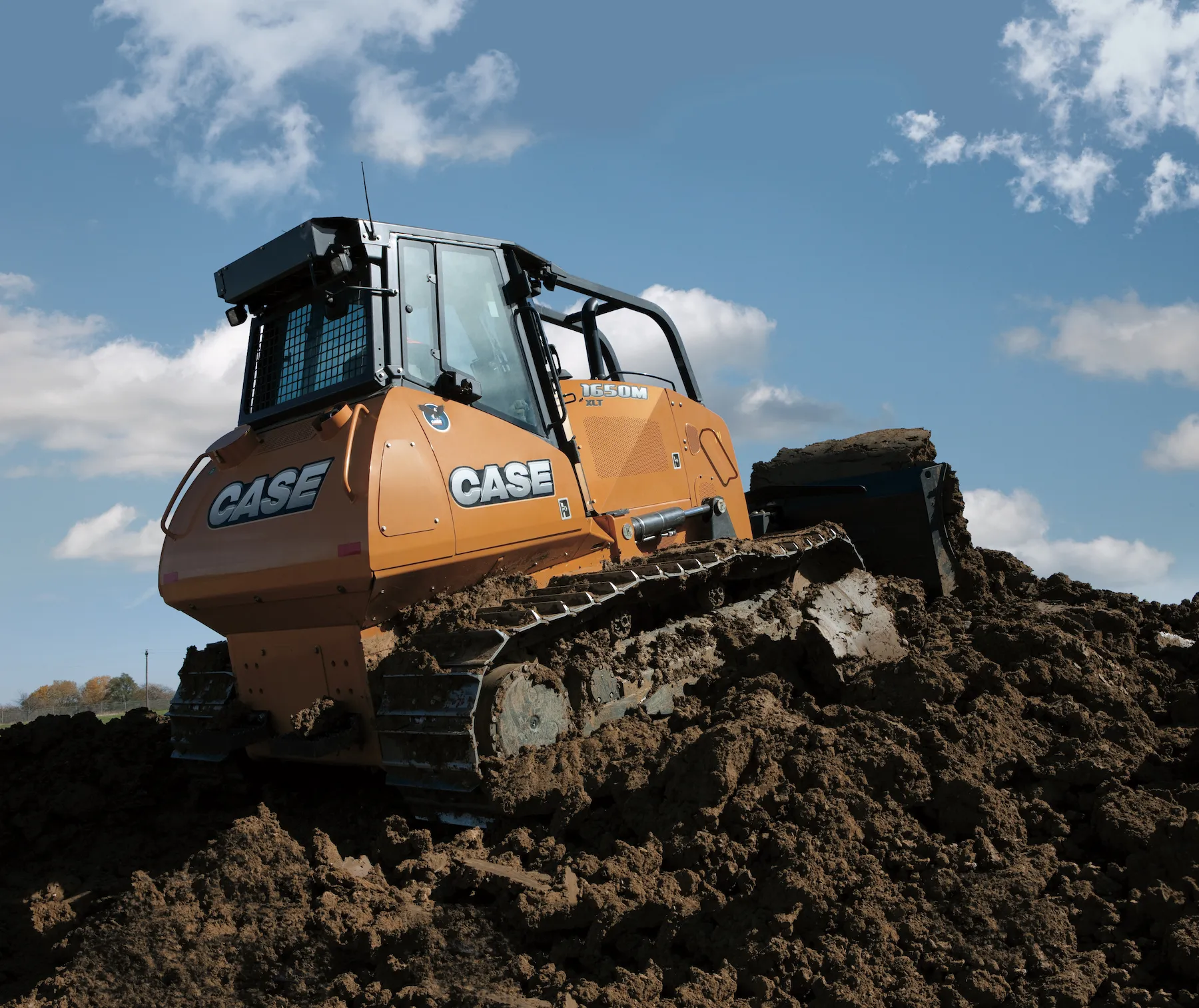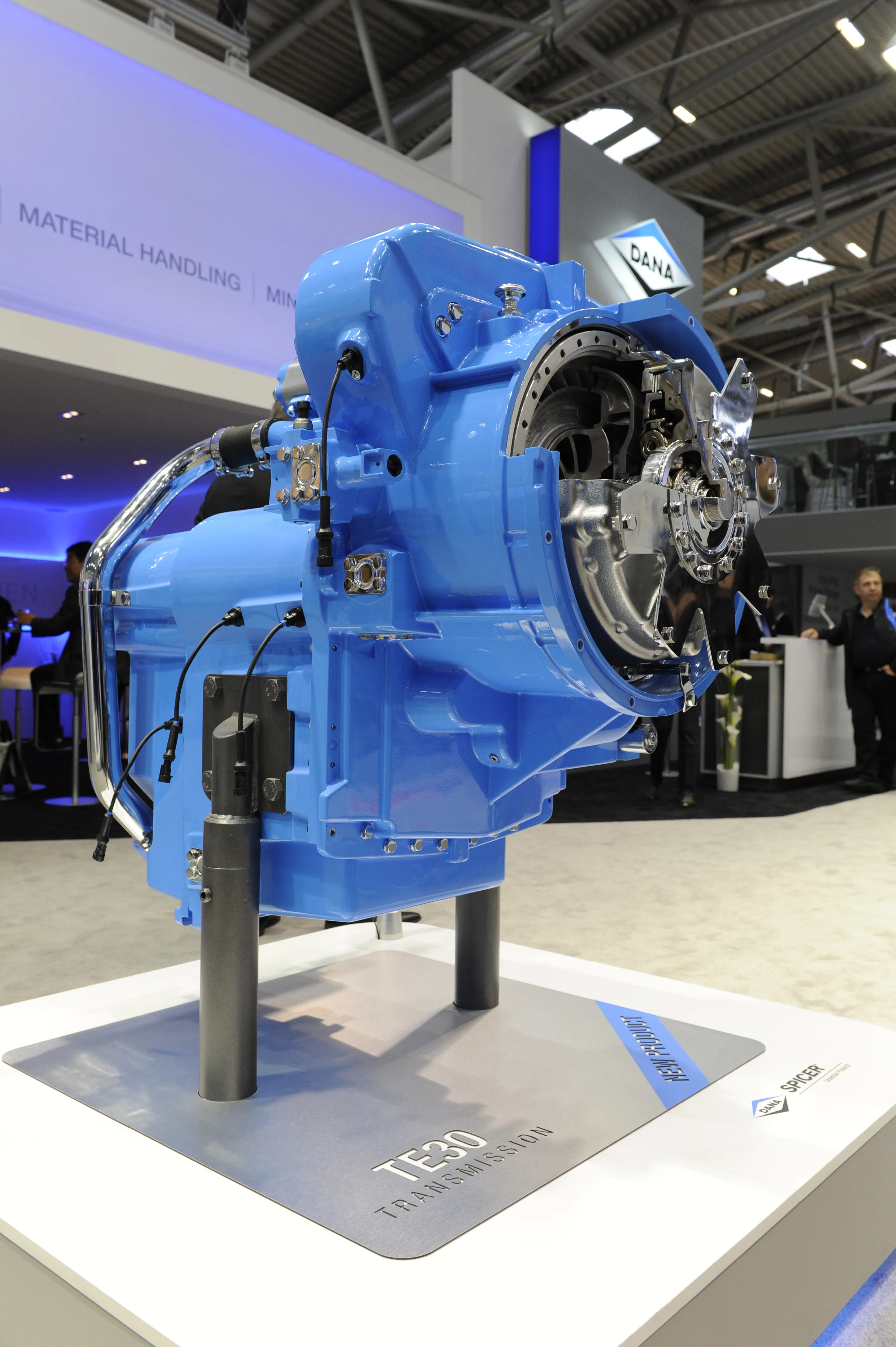ZF will focus on efficiency and reducing fuel consumption at this year’s show. The transmission and driveline component manufacturer will present its Ergopower efficiency package that combines the cPower continuously variable transmission with the ZF Hybrid module that should be commercially available in the future. cPower is a hydromechanical variable transmission that combines hydrostatic drive pumps with a mechanical powershift gearbox. Available for use in a range of machines, including wheeled loaders,
February 7, 2013
Read time: 1 min

Stand: A4.213/312
%$Linker:







